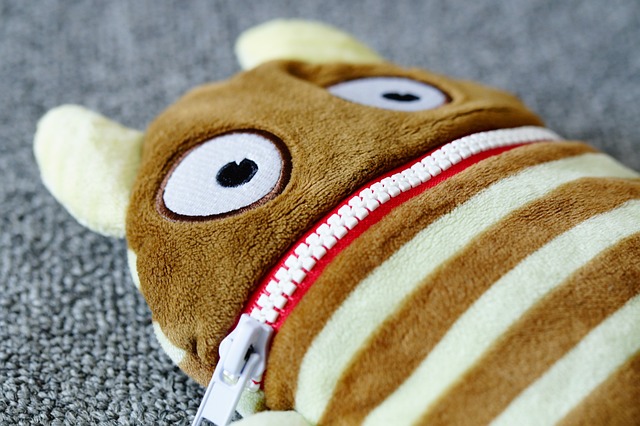Tools for supporting your children when they are feeling anxious and worried

Our brains and bodies are geared up to protect us should we face a real threat. Imagine you are stepping out to cross the road, thinking it is clear of traffic, and a car travelling at a fast speed appears out of nowhere. What happens? Without even thinking about it, you jump back out of the way.
Your heart is pounding, you feel out of breath and hot and maybe even a bit nauseous. Only afterwards do you try to make sense of what just happened (and maybe feel cross towards the driver!).
This is our brain’s alarm system and is extremely important in keeping us safe. This alarm system is a part of our brain that we share with all animals and is one of the first parts to develop in utero. However, human beings have evolved to have a ‘new brain’ which is responsible for higher order functions such as thinking, reasoning, planning and imagining what is going on in the minds of others. When the new brain and old brain work well together, the new brain works out that the car has passed, there are no more cars coming and we are safe. Our heart rate returns to normal and we go about our day. The problem is that sometimes our new brain can cause us some problems because of how clever it is! In the example above, it might think “wow, roads are really dangerous! I am sure to be hurt if I try to cross again!”. This tells your old brain that there is still a threat, even though there isn’t. Your heart continues to pound and you might decide the best thing to do is to avoid roads completely. Imagine the impact on your life?
This is just a small example of how anxiety can take hold. It is not our fault. Our brains are geared up to keep us safe. That is what we have been born with and share with all other people. But there are things we can do to let our old brains know we are safe and that is doesn’t need to be sounding the alarm so constantly.
In this article I am going to offer some practical things you can do with your children to support them with this.
Balloon breathing
When we are anxious we tend to breath more shallowly and quickly. This may make your child feel a bit lightheaded, dizzy and nauseous. They then might worry that something else is wrong! The good news is that we can reverse this process. What we need to do is breath right down to the bottom of our lungs. We also want to make sure we are exhaling all the way out before we take another breath. A good way of showing your child this type of breathing and how it feels different to anxious breathing, is to get them blowing up balloons! If you can’t get hold of a balloon, just pretend that is what you are doing. Push the breath right down into the belly. Notice the belly moving in and out!
Naming the feeling
Children may struggle to identify and articulate how they are feeling. Instead, you may notice changes in their behaviours. They may become argumentative, be unable to sleep well, become tearful or withdrawn. As a parent, you know your child the best and if they are acting in ways that is not usual for them, it may be down to worry and anxiety. Give them the words! Show curiosity about what is going on for them, it doesn’t matter if you don’t get it right. You are showing them that emotions are important and can be understood and managed before they become overwhelming. An example might be to say something like “I’ve noticed you’ve been very quiet today, I wonder whether you are worried about that fall out you had with your friend?”. Of course, this method doesn’t just apply to anxiety but to all emotions.
Modelling
As parents, our children look to us to help them to make sense of a situation and whether they are safe or not. Showing your child healthy ways of coping, demonstrating problem solving and asking for help from others, will show them that they are safe and help them to develop strategies for managing difficult situations.
Down time
We are all guilty of rushing from one thing to the next, but we all need time just to rest and ‘be’. Having a regular time each day where you and your child spend some downtime together, not only will help you both to rest and recharge, but will give you valuable time to use physical touch to soothe your child. Wrap them in a blanket, give them a hand massage, count their freckles and notice their sparkly eyes! Most importantly, just enjoy hanging out together.
Worry box
Sometimes our children will have worries that they find it hard to share face to face. Make a worry box! You can have lots of fun with this. Use any box (a shoe box works well) and decorate it together. Leave some paper and a pencil next to it and encourage your child to write down and post their worries. Have a regular time to go through the box together for them to share any worries they have had. Notice that some worries are no longer scary after a while, some of the worries might be easily solved and some might just feel better after being shared.
Have fun!

Dr Melita Ash
Clinical Psychologist
Percuro Psychology





